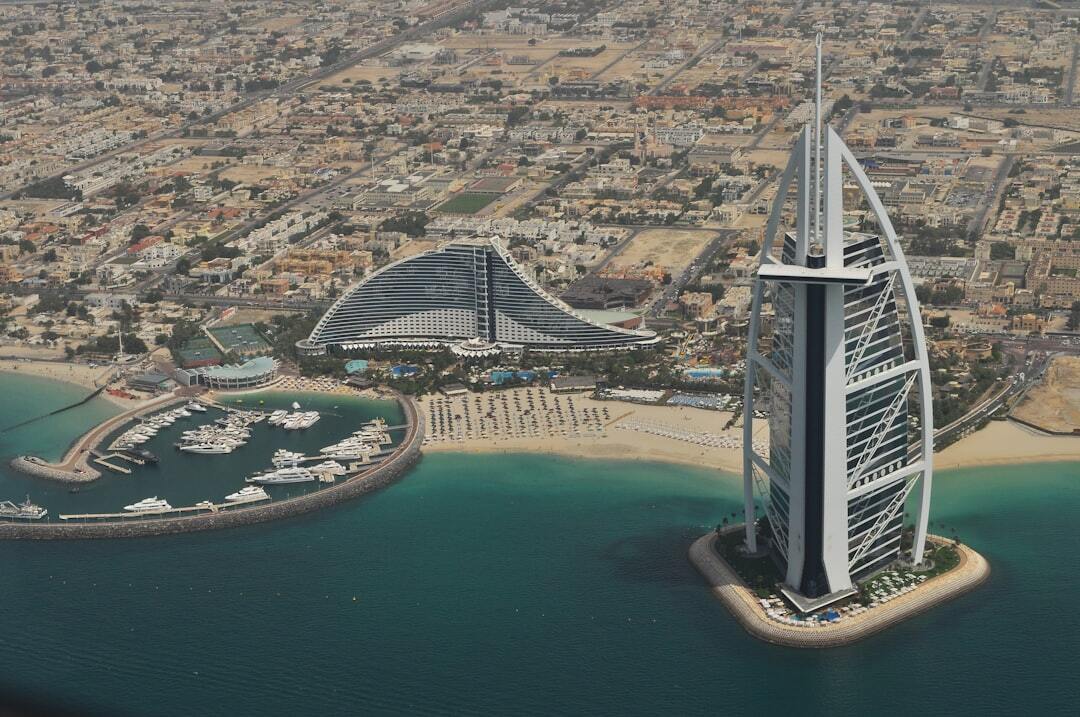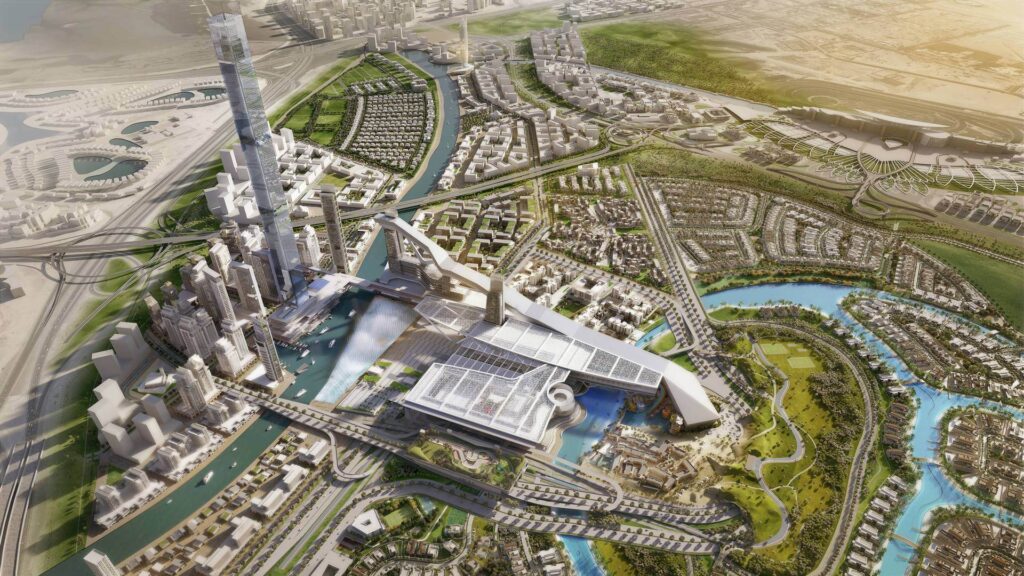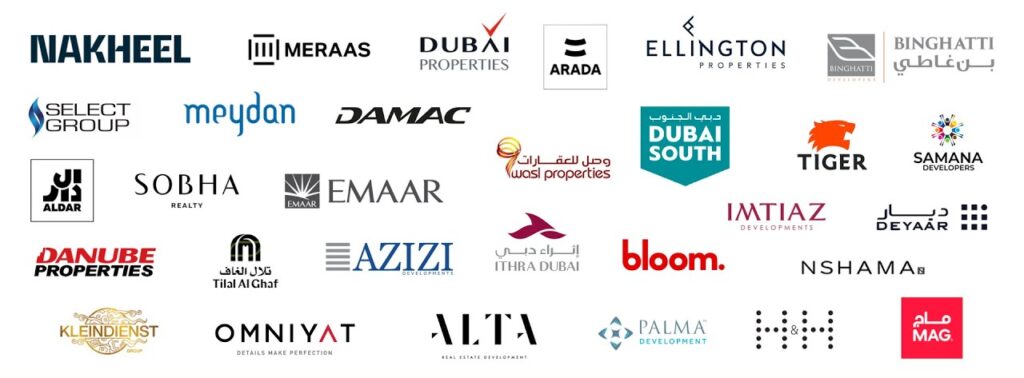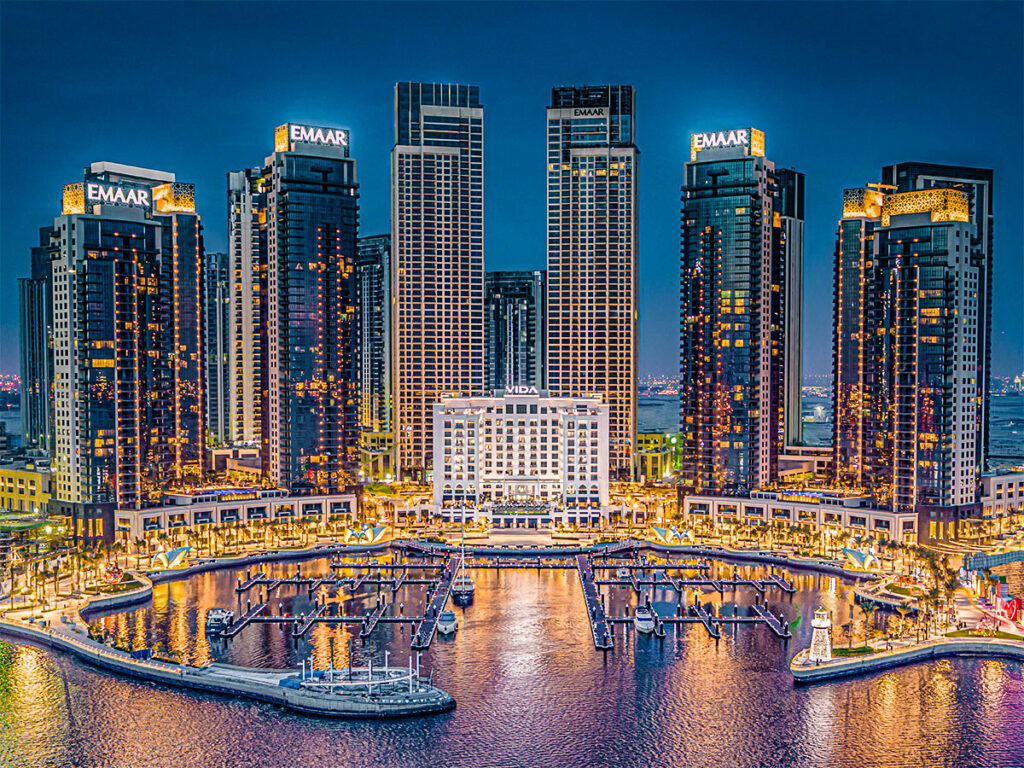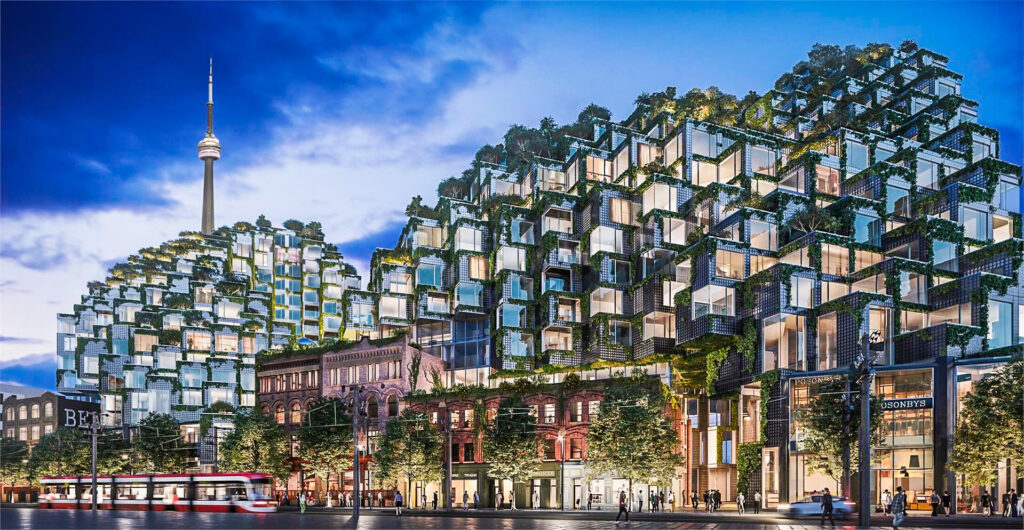Mixed-use developments have been redefining urban landscapes in modern cities, offering a dynamic and integrated approach to living, working, and leisure. These innovative projects combine residential, commercial, and recreational spaces within the same area, creating vibrant and diverse neighborhoods that cater to the needs of residents and visitors alike.
One of the key benefits of mixed-use developments is their ability to promote sustainability and reduce the need for long commutes. By integrating residential units with retail outlets, offices, and entertainment venues, these projects encourage walking and cycling, reducing carbon emissions and promoting a healthier lifestyle. Additionally, mixed-use developments often include green spaces, public transportation options, and bike lanes, further enhancing their environmental impact.
Moreover, mixed-use developments have the potential to boost the local economy by attracting businesses, residents, and tourists to a single location. The diverse range of amenities and services offered within these projects can create a self-sustaining microcosm that thrives on collaboration and innovation. From restaurants and shopping centers to medical facilities and educational institutions, mixed-use developments offer a diverse array of opportunities for economic growth and development.
In addition to their economic and environmental benefits, mixed-use developments also contribute to social cohesion and community building. By providing a mix of housing options, employment opportunities, and recreational facilities, these projects cater to a diverse range of individuals and families, fostering a sense of inclusivity and belonging. Public spaces within mixed-use developments often serve as meeting points for residents and visitors, encouraging social interactions and cultural exchange.
The design and architecture of mixed-use developments play a crucial role in shaping the urban landscape and creating a sense of place. Many of these projects feature innovative and sustainable design elements, such as green roofs, energy-efficient systems, and smart technology integration. The incorporation of public art, landscaping, and outdoor seating areas can further enhance the aesthetic appeal and functionality of these developments, creating inviting and visually engaging spaces for all to enjoy.
As modern cities continue to grow and evolve, mixed-use developments are poised to play an increasingly important role in shaping their urban fabric. By embracing a holistic approach to planning and design, these projects have the potential to transform traditional cityscapes into vibrant and livable communities that prioritize sustainability, inclusivity, and innovation. With their mixed-use developments are redefining urban landscapes in modern cities, offering a dynamic and integrated approach to living, working, and leisure. These innovative projects combine residential, commercial, and recreational spaces within the same area, creating vibrant and diverse neighborhoods that cater to the needs of residents and visitors alike. One of the key benefits of mixed-use developments is their ability to promote sustainability and reduce the need for long commutes. By integrating residential units with retail outlets, offices, and entertainment venues, these projects encourage walking and cycling, reducing carbon emissions and promoting a healthier lifestyle. Additionally, mixed-use developments often include green spaces, public transportation options, and bike lanes, further enhancing their environmental impact. Moreover, mixed-use developments have the potential to boost the local economy by attracting businesses, residents, and tourists to a single location. The diverse range of amenities and services offered within these projects can create a self-sustaining microcosm that thrives on collaboration and innovation. From restaurants and shopping centers to medical facilities and educational institutions, mixed-use developments offer a diverse array of opportunities for economic growth and development. In addition to their economic and environmental benefits, mixed-use developments also contribute to social cohesion and community building. By providing a mix of housing options, employment opportunities, and recreational facilities, these projects cater to a diverse range of individuals and families, fostering a sense of inclusivity and belonging. Public spaces within mixed-use developments often serve as meeting points for residents and visitors, encouraging social interactions and cultural exchange. The design and architecture of mixed-use developments play a crucial role in shaping the urban landscape and creating a sense of place. Many of these projects feature innovative and sustainable design elements, such as green roofs, energy-efficient systems, and smart technology integration. The incorporation of public art, landscaping, and outdoor seating areas can further enhance the aesthetic appeal and functionality of these developments, creating inviting and visually engaging spaces for all to enjoy. As modern cities continue to grow and evolve, mixed-use developments are poised to play an increasingly important role in shaping their urban fabric. By embracing a holistic approach to planning and design, these projects have the potential to transform traditional cityscapes into vibrant and livable communities that prioritize sustainability, inclusivity, and innovation. With their diverse range of amenities, economic opportunities, and social benefits, mixed-use developments are paving the way for a more sustainable and vibrant urban future.
